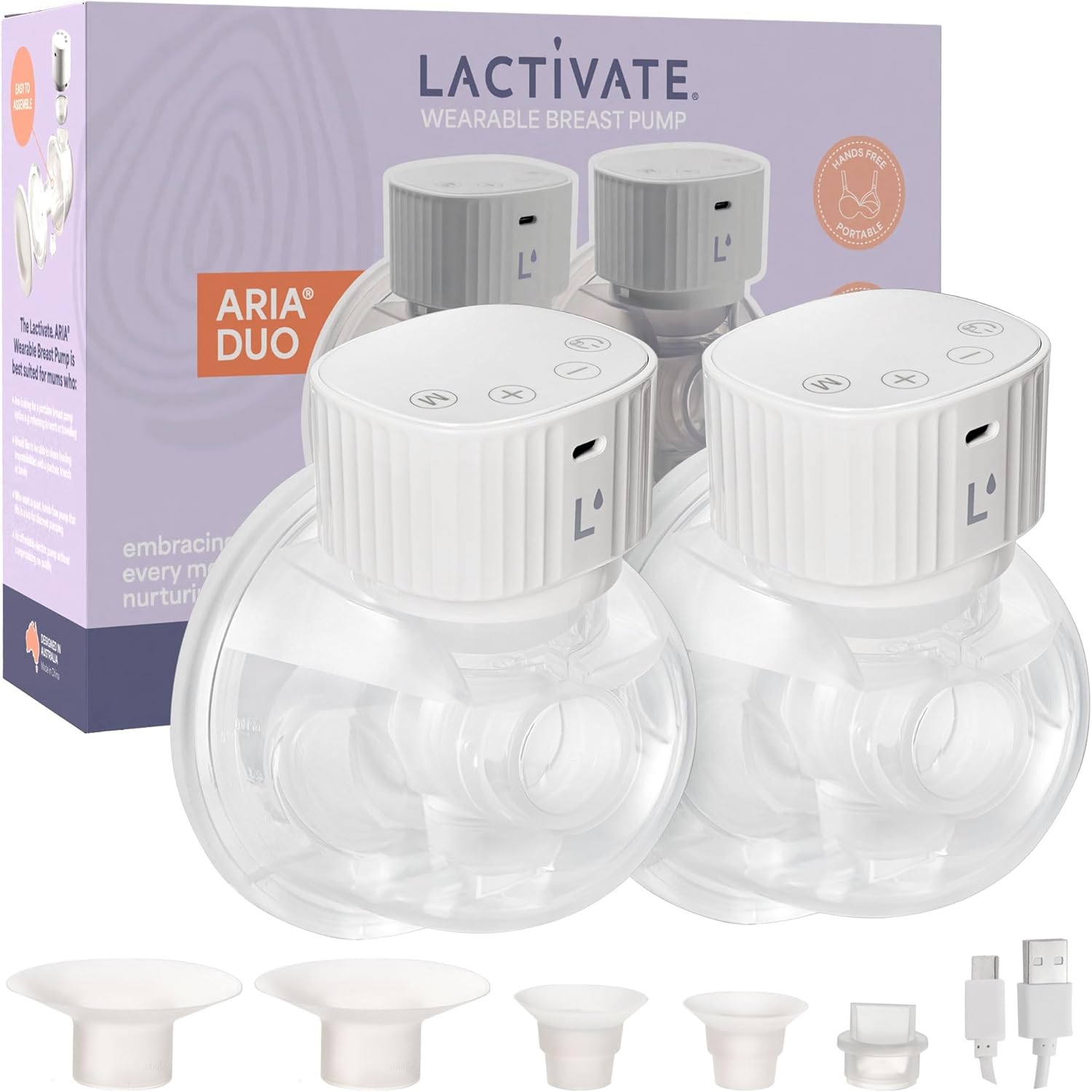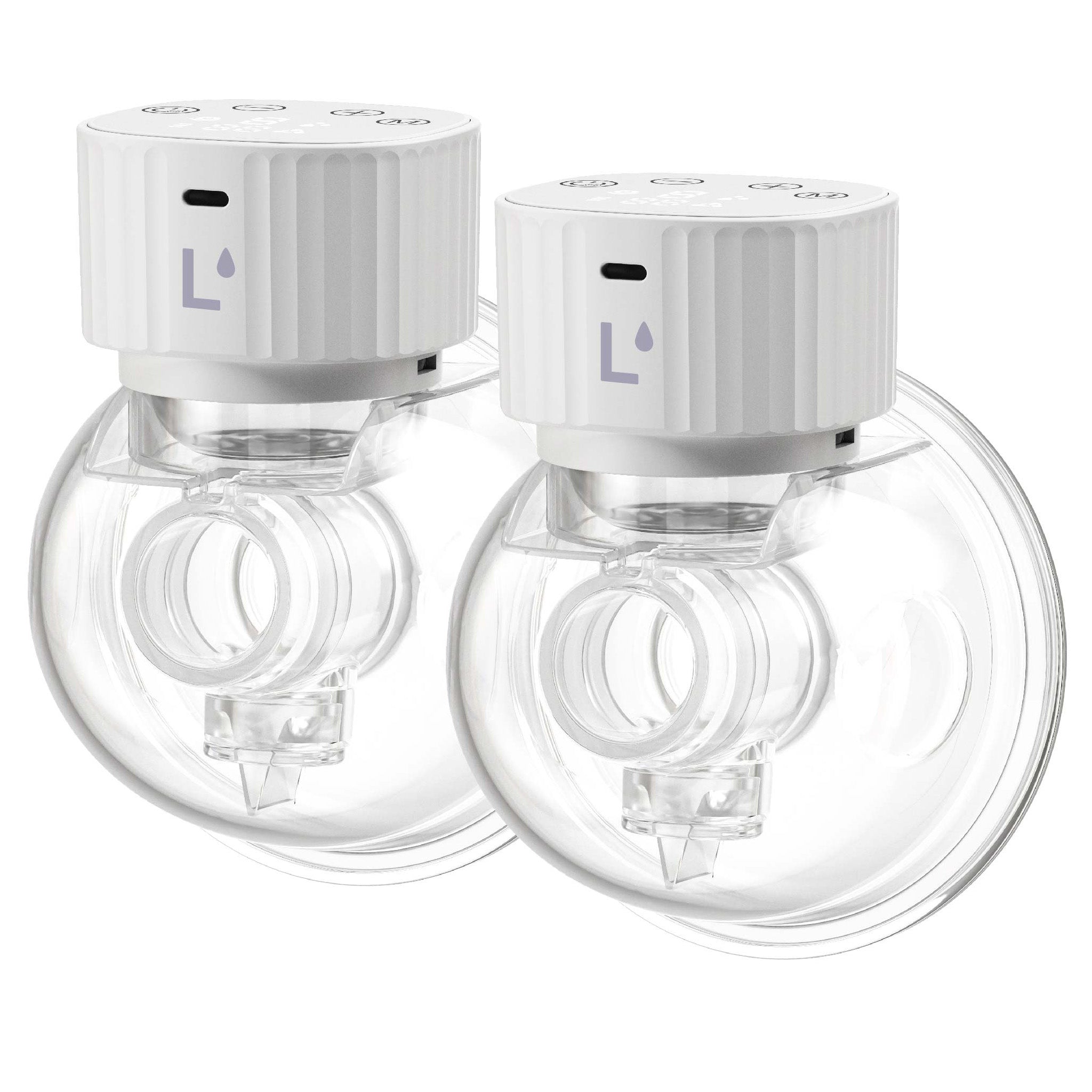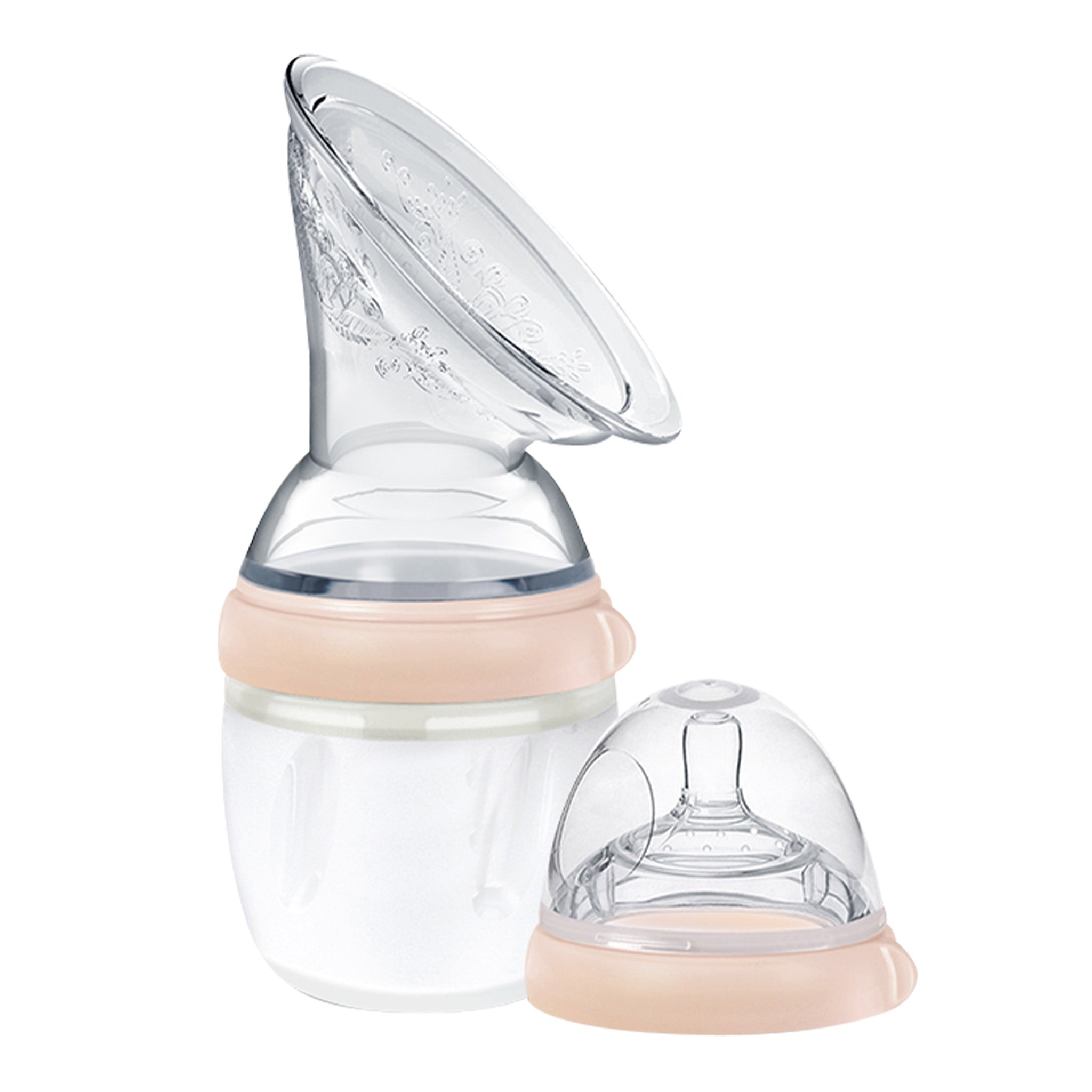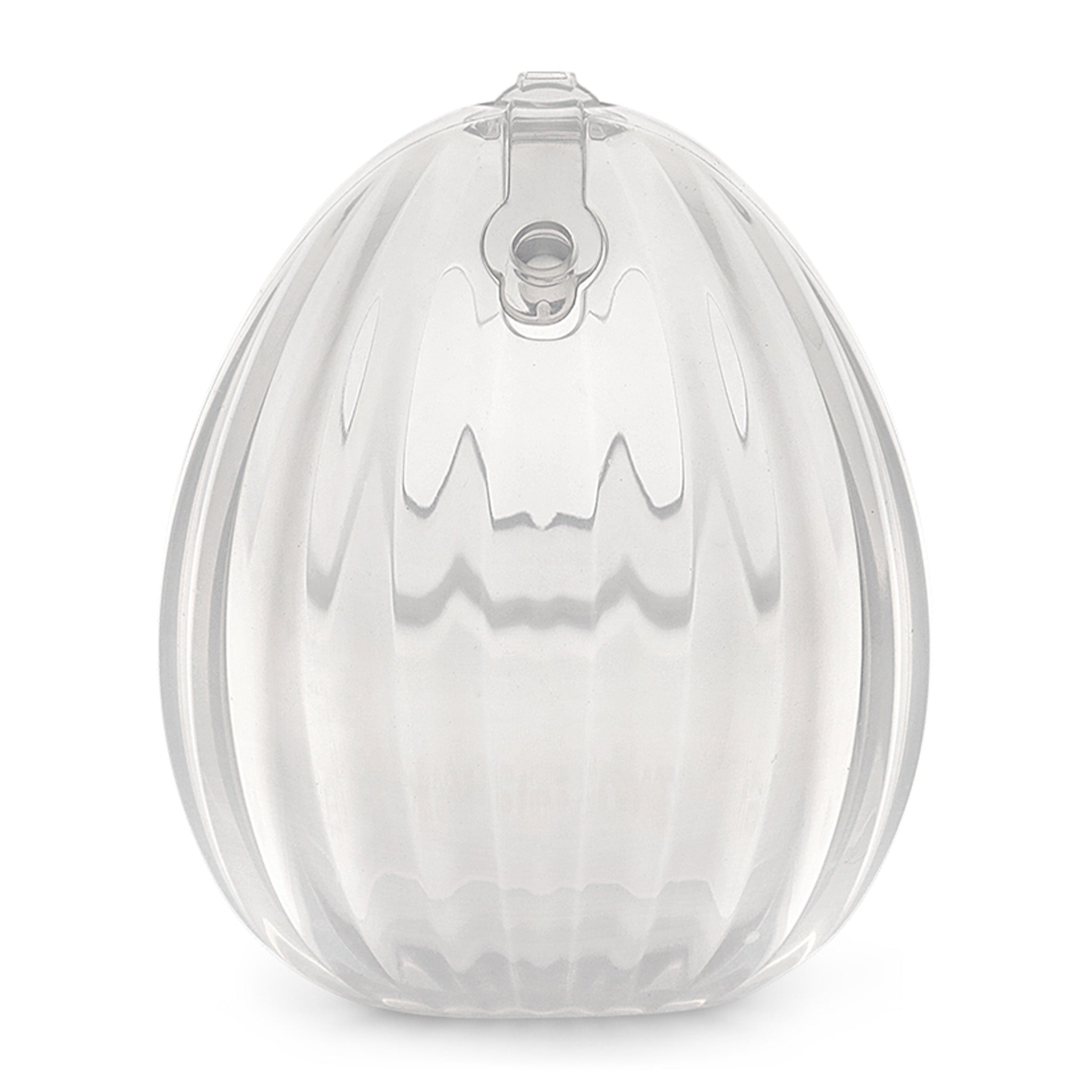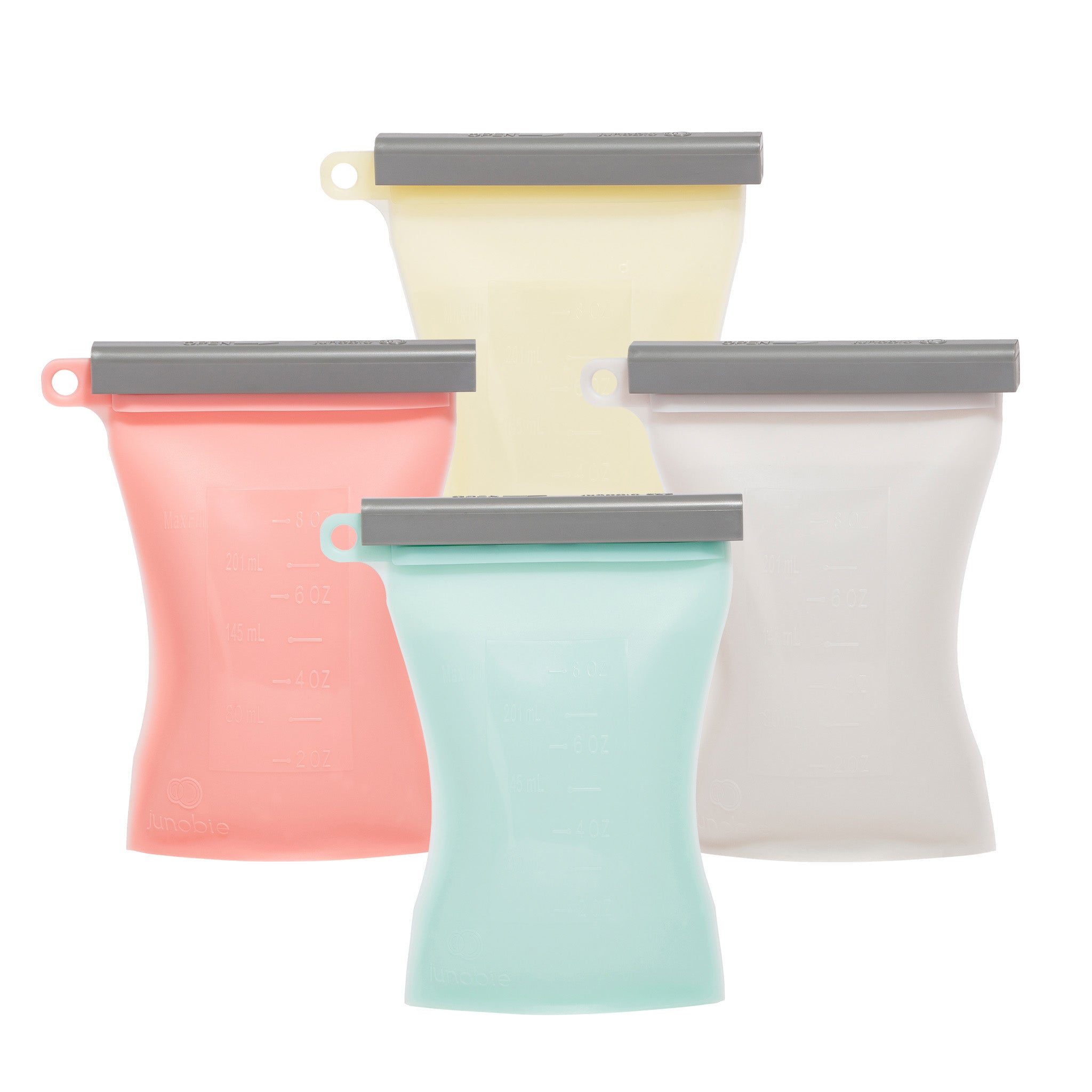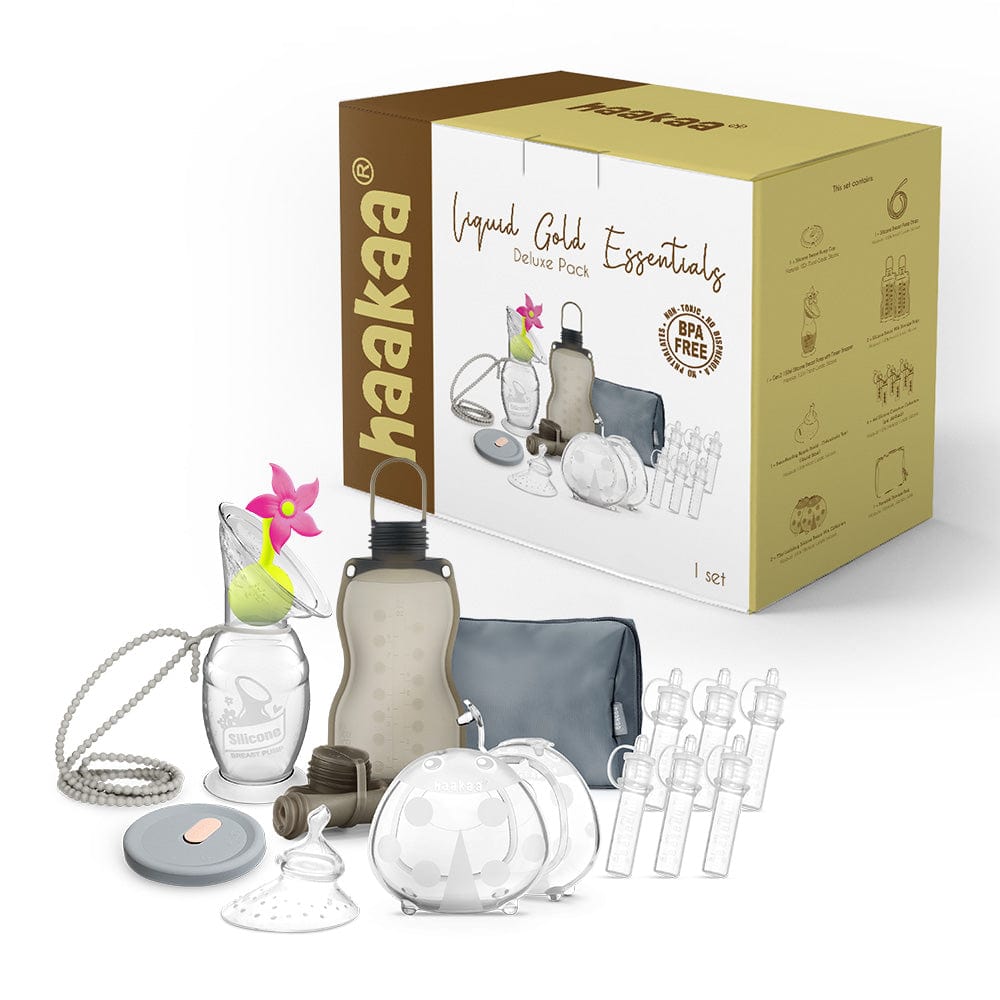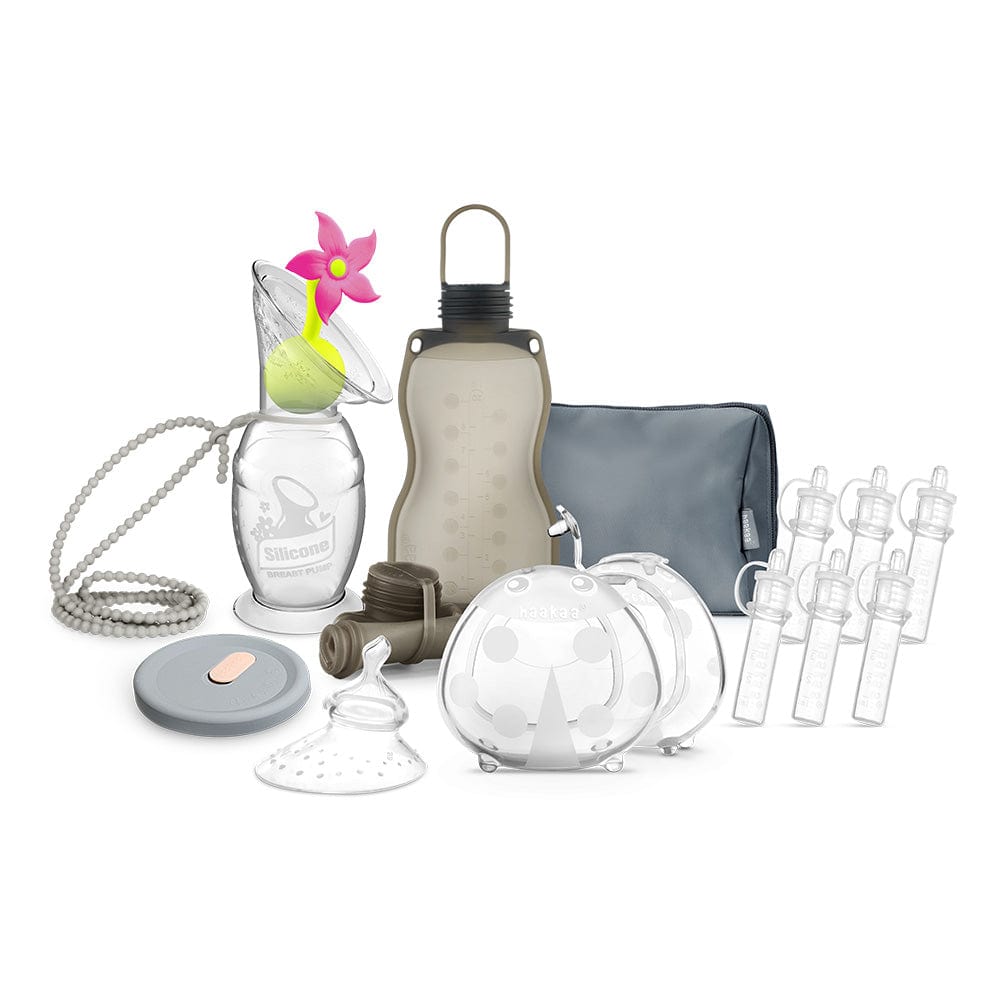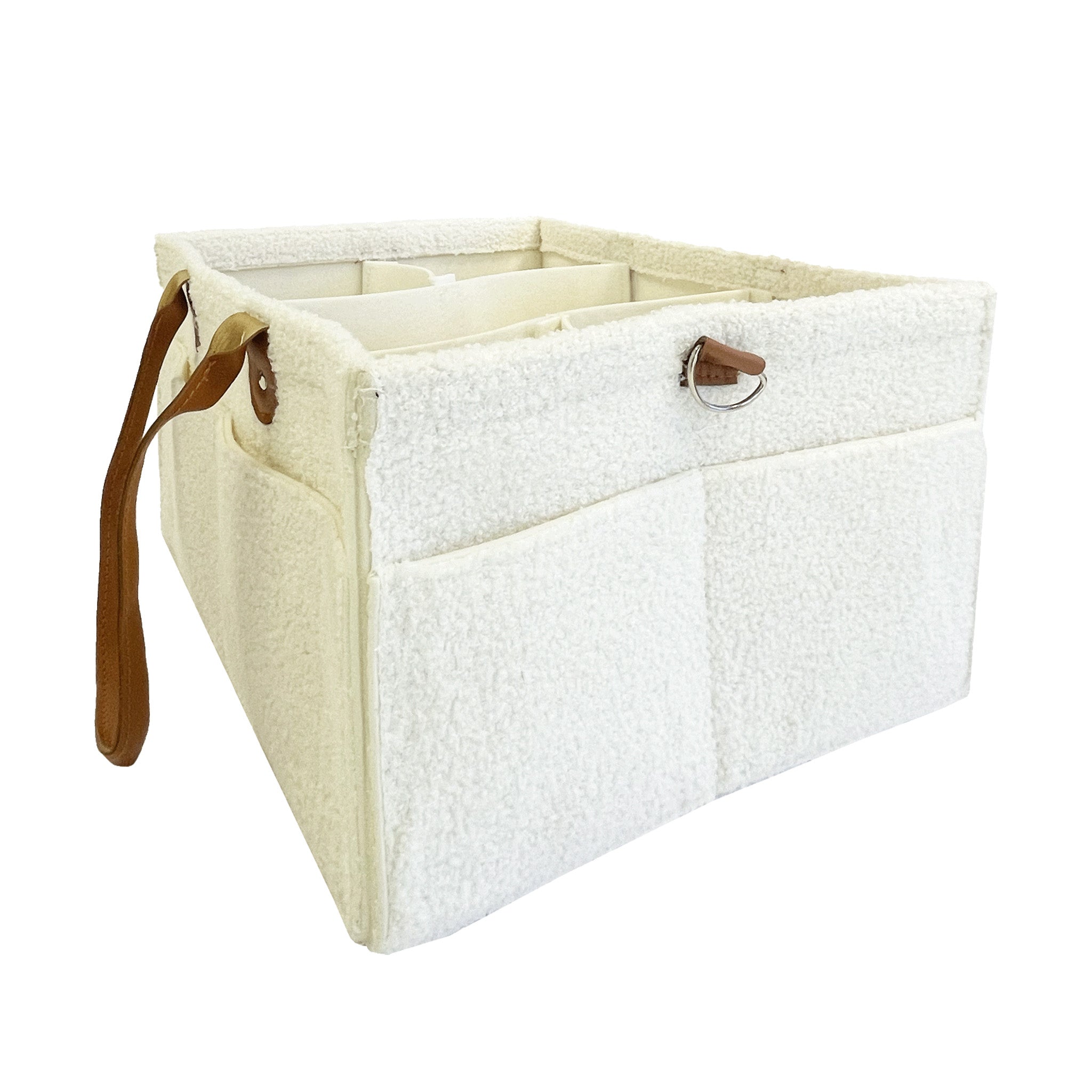Letdown with the strength of a firehose? Engorged boobies that seem to fill up in front of your eyes? Sounds like you may be dealing with an oversupply of breastmilk.
Let's take a look at what an over supply is, how it is caused and (most importantly!) how to effectively manage it and regulate your supply.
What is an oversupply?
An oversupply means that your body is making more milk than your baby currently needs. This can occur for a variety of different reasons and is very common in the first few weeks after birth when your body is still working out how much milk your newborn actually needs (so don't panic if it happens to you after birth!)
An oversupply often goes go hand in hand with engorgement, with oversupply typically causing your breasts to become engorged; tender, hard to the touch and filled with milk (OUCH). Oversupply can also lead to a forceful letdown (AKA firehose nipples).
Image source: Leo Carvajal / The Milk Meg
How is an oversupply caused?
An oversupply can be caused by a number of things, including hormones, feeding patterns and issues with oral function and latch.
As most of us know, breastmilk is supply driven; the more you feed, the more milk you'll make. This is a good thing but sometimes, your body may go into overdrive and make too much.
The La Leche League UK has found the following to be the main causes of your milk makers going a little crazy:
- A baby who isn’t nursing effectively. He may have difficulty getting a good proportion of the fattier milk available. He then tries to compensate by nursing more frequently, increasing his mother’s milk production and taking larger volumes of milk.
- Switching breasts before the first side is adequately drained.
- Hormonal factors leading to a tendency to produce plenty of milk.
- Routine pumping, or pumping because of separation in the early weeks. This can make oversupply more likely.
- Periods of increased nursing due to development changes and growth spurts can add to the challenge of oversupply. Many mothers find changes in their babies’ nursing patterns during holidays and family get-togethers; periods of stress may also be a factor.
How will I know if I have an oversupply?
When your milk first comes in after birth, and in the initial weeks of breastfeeding, you may find yourself making too much milk at times. This can lead to full, engorged breasts, soaked breast pads and a baby who gulps milk faster than you do your morning coffee. This is all totally normal and doesn't always indicate an oversupply. If both you and your bub seem to be coping ok, you can generally assume that your supply will settle on its own.
Sometimes however, the amount of milk you are producing may become a bit more problematic. You may notice your baby (who is still learning to breastfeed themselves) really struggling to regulate your flow. They will cough, splutter, pop on and off the breast and sometimes gag as they try and control the milk flow. This can lead to a large intake of air which can then cause tummy upset, hiccups and frequent burping. They may also bring up milk or vomit up the excess milk. You'll notice a significant weight gain, sometimes double the average in a month.
Your boobs can also be a good indication that something is awry. You may notice that your breasts seem to fill up super fast, become engorged between feedings and feel lumpy, hard and sore.

How can I reduce an oversupply?
It takes around 4 weeks for your supply to regulate and match the demands of your baby. You can help your supply adjust and manage an oversupply by trying the following:
• Feeding on demand (as opposed to following a strict schedule). Follow your babies cues and let them feed for as long as they choose. Try to drain your first breast before swapping sides. Your breasts should feel soft and relatively comfortable after a feed.
• Make sure baby is attached properly and draining your breast effectively. A bub who is struggling to latch will struggle to withdraw enough milk. This will then cause ongoing issues for both baby who will become frustrated, and a mama who is more likely to develop blockages and/or supply issues.
• Avoid expressing too regularly. Expressing unless necessary to empty a very full breast or if baby sleeps through a feed etc, can lead to an oversupply. Unless you've been advised otherwise, regular pumping isn't really necessary during the first few weeks/months after birth. If your baby is only taking one side or struggling to drain your breast, you can pump for a short time afterward the feed, just until you feel comfortable. Alternatively, using a Haakaa Silicone Breast Pump can help relieve engorgement and build a milk stash if necessary without causing too much extra stimulation.
• You can try block feeding if oversupply is still causing concern after trying the above. Block feeding involves only offering baby the one breast for a certain period of time (usually between 3-4 hours) before swapping to the other side for the next block of time. Block feeding means that your baby usually gets access to the fattier, more filling hind milk while your other breast gives the signal to slow down milk production due to its fullness. Block feeding is nearly always temporary.
Shop Haakaa Silicone Breast Pump
As with any breastfeeding concern, it is always worthwhile seeking the support of a qualified professional and/or IBCLC.
Here at Milkbar we have carefully selected a curated range of the best products for mums to help with oversupply and engorgement.




